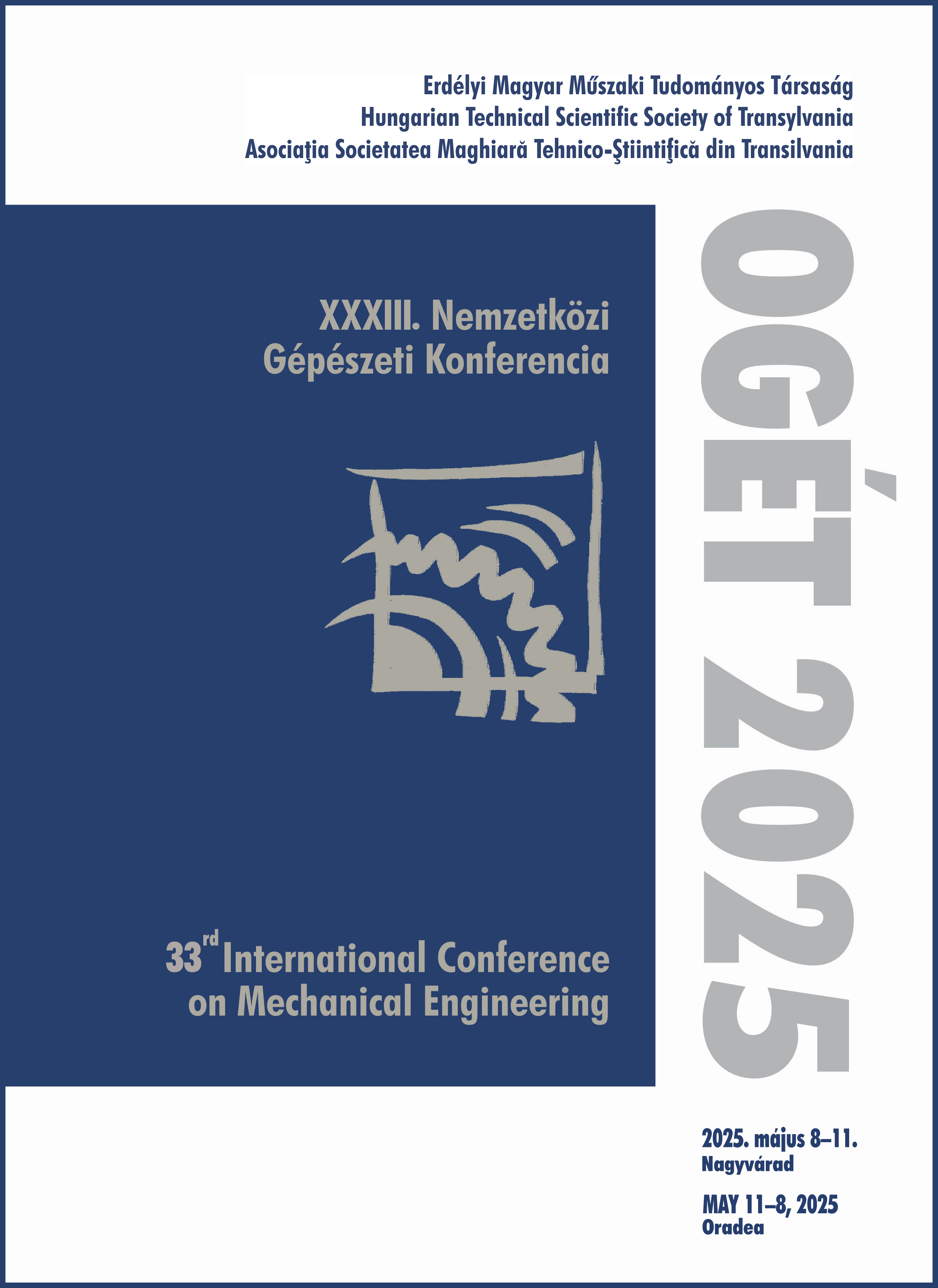AISI 304 lézeres hegesztési varratainak vizsgálata
Examination of AISI 304 laser welds
Keywords:
laser welding, 1.4301, AISI 304, /, lézeres hegesztésAbstract
Laser welding is becoming increasingly popular for welding stainless steels in industrial applications. The main advantage of this technology is its concentrated heat input, which allows deep fusion welds to be produced with low weld penetration at high welding speeds. This is particularly beneficial in industries where speed and precision are key, such as medical, aerospace and automotive. In our research, the welds of laser-welded T-joints made of 1.4301/AISI304 austenitic corrosion-resistant steel were investigated at different welding parameters. The welded joints were fabricated with double-sided corner welds with different combinations of travel speed and power and focal position. The main aspect of the evaluation of the welds was the examination of the weld geometry: weld shapes (crown width, fusion depth), weld area. To complement the geometric studies, the microstructure of the sutures was also investigated: tissue structure analysis and microhardness measurements were performed.
Kivonat
Rozsdamentes acélok hegesztésekor az ipari alkalmazásokban egyre széleskörűbb felhasználásnak örvend a lézeres hegesztés. A technológia legnagyobb előnye a koncentrált hőbevitel, melynek köszönhetően mélybeolvadású varratok készíthetők kis vetemedéssel, nagy hegesztési sebességek mellett. Ez különösen előnyös olyan iparágakban, ahol a gyorsaság és precizitás kulcsfontosságú, például az orvostechnikában, repülőgépiparban és autóiparban. Kutatásunkban 1.4301/AISI304 ausztenites korrózióálló acélból készült lézeresen hegesztett T-kötések varratait vizsgáltuk különböző hegesztési paraméterek mellett. A hegesztett kötések két oldali sarokvarratokkal készültek, eltérő haladási sebesség és teljesítmény, valamint fókuszpozíció kombinációkkal. Az elkészült varratok kiértékelésének legfőbb szempontja a varratgeometria vizsgálata volt: varratalak (koronaszélesség, beolvadási mélység), varratterület. A geometriai vizsgálatokat kiegészítendő a varratok mikroszerkezetét is vizsgáltuk: szövetszerkezet vizsgálatot és mikrokeménységmérést végeztünk el.
References
Xie, W.; Tu, H.; Nian, K.; Zhang, D.; Zhang, X., Microstructure and mechanical properties of Flexible Ring Mode laser welded 304 stainless steel, Optics & Laser Technology, Volume 174, 2024, 110563, ISSN 0030-3992, https://doi.org/10.1016/j.optlastec.2024.110563.
Landowski M, Świerczyńska A, Rogalski G, Fydrych D. Autogenous Fiber Laser Welding of 316L Austenitic and 2304 Lean Duplex Stain-less Steels. Materials. 2020; 13(13):2930. https://doi.org/10.3390/ma13132930
Yan, J.; Gao, M.; Zeng, X., Study on microstructure and mechanical properties of 304 stainless steel joints by TIG, laser and laser-TIG hybrid welding, Optics and Lasers in Engineering, Volume 48, Issue 4, 2010, Pages 512-517, ISSN 0143-8166, https://doi.org/10.1016/j.optlaseng.2009.08.009.
Hafez KM, Katayama S. Fiber laser welding of AISI 304 stainless steel plates. QU Arterly Journal of the Japan Welding Society, 2009, ISSN 2434-8252, https://doi.org/10.2207/qjjws.27.69s


